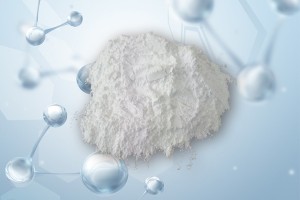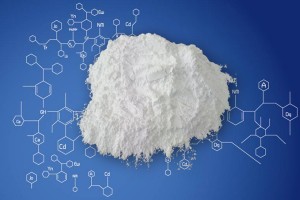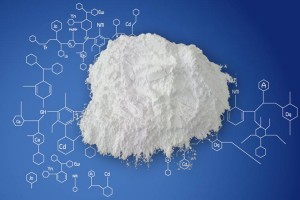Crisaborole
Crisaborole is a member of the class of benzoxaboroles that is 5-hydroxy-1,3-dihydro-2,1-benzoxaborole in which the phenolic hydrogen has been replaced by a 4-cyanophenyl group. A phosphodiesterase 4 inhibitor that is used for treatment of mild to moderate atopic dermatitis in children and adults. It has a role as a phosphodiesterase IV inhibitor, an antipsoriatic and a non-steroidal anti-inflammatory drug. It is a benzoxaborole, an aromatic ether and a nitrile.
Crisaborole is a novel oxaborole approved by FDA on December 14, 2016 as Eucrisa, a topical treatment of for mild to moderate atopic dermatitis. This non-steroidal agent is efficacious in improving disease severity, reducing the risk of infection and reducing the signs and symptoms in patients 2 years old and older. It reduces the local inflammation in the skin and prevents further exacerbation of the disease with a good safety profile. Its structure contains a boron atom, which facilitates skin penetration and binding to the bimetal center of the phosphodiesterase 4 enzyme. It is currently under development as topical treatment of psoriasis.
Crisaborole is a Phosphodiesterase 4 Inhibitor. The mechanism of action of crisaborole is as a Phosphodiesterase 4 Inhibitor.
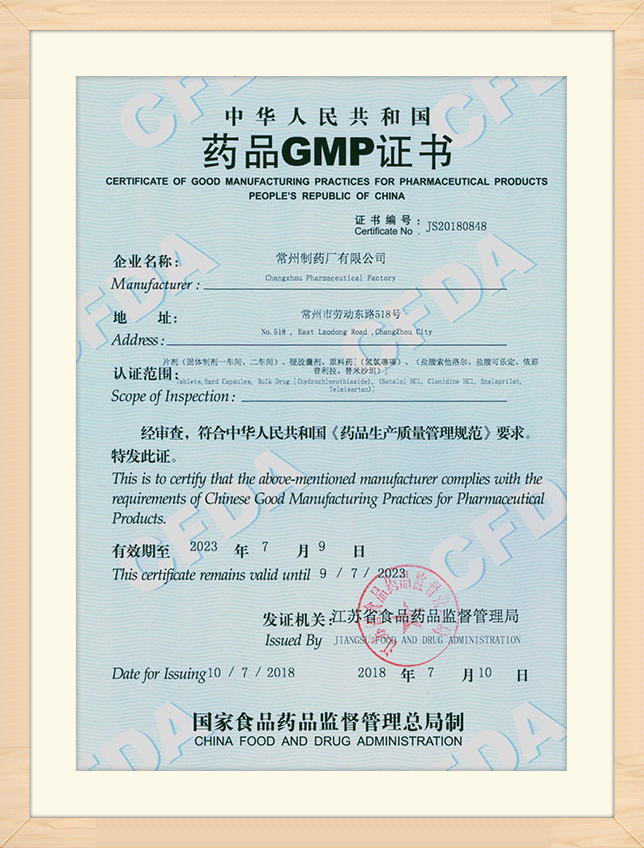
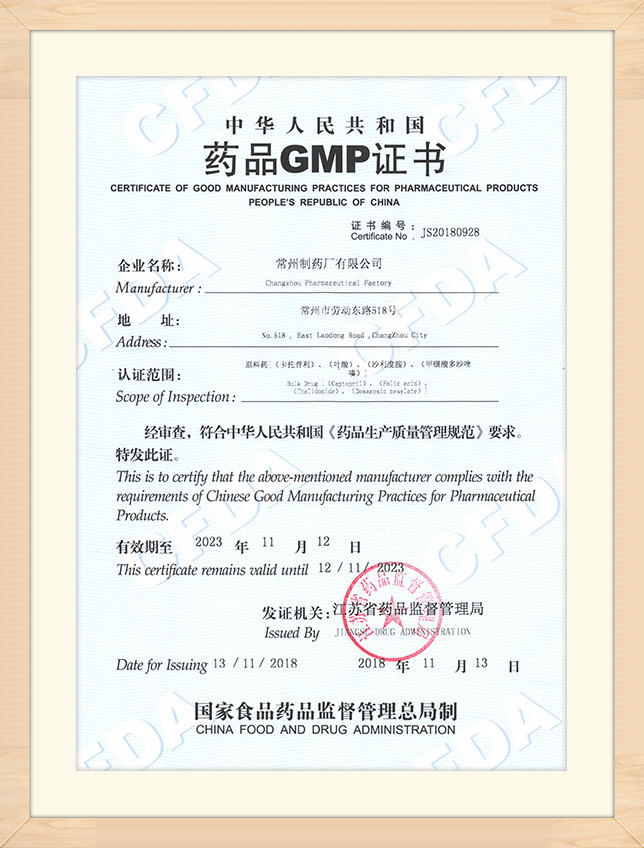
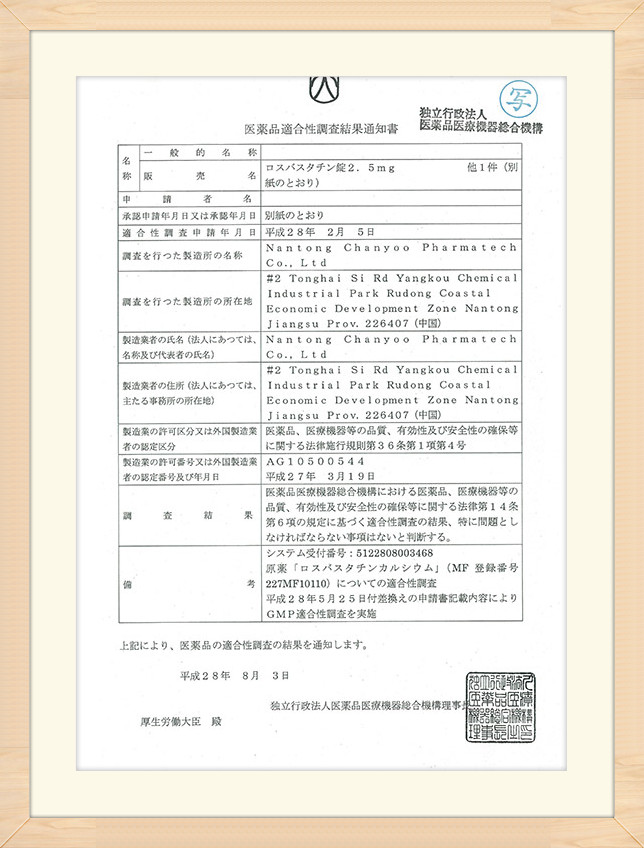
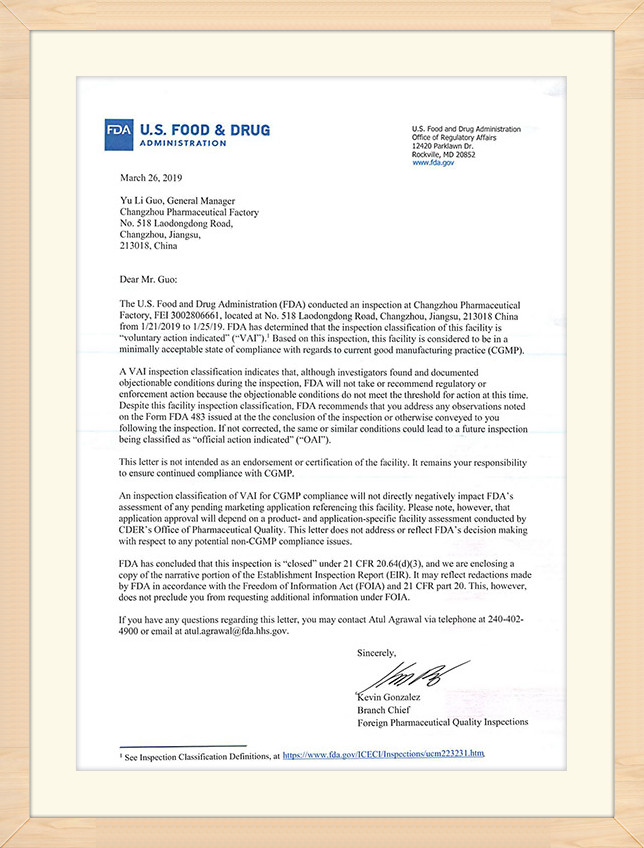

Proposal 18 Quality Consistency Evaluation projects which have approved 4, and 6 projects are under approving.

Advanced international quality management system has laid solid foundation for sales.

Quality supervision runs through the whole life cycle of the product to ensure the quality and therapeutic effect.

Professional Regulatory Affairs team supports the quality demands during the application and registration.


Korea Countec Bottled Packaging Line
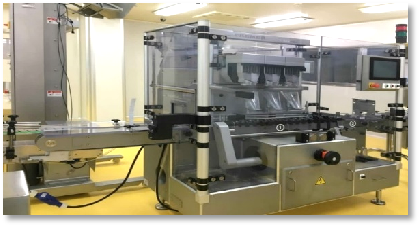

Taiwan CVC Bottled Packaging Line
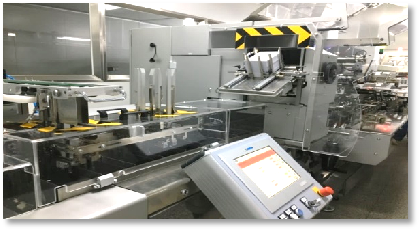
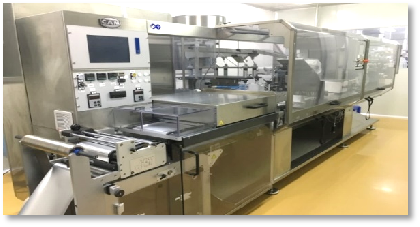
Italy CAM Board Packaging Line
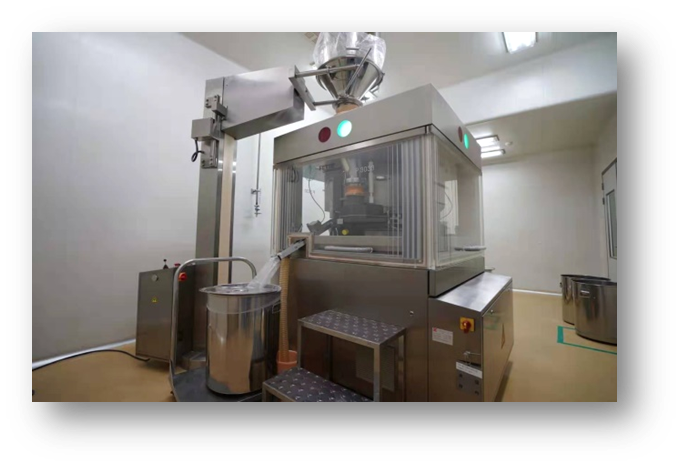
German Fette Compacting Machine
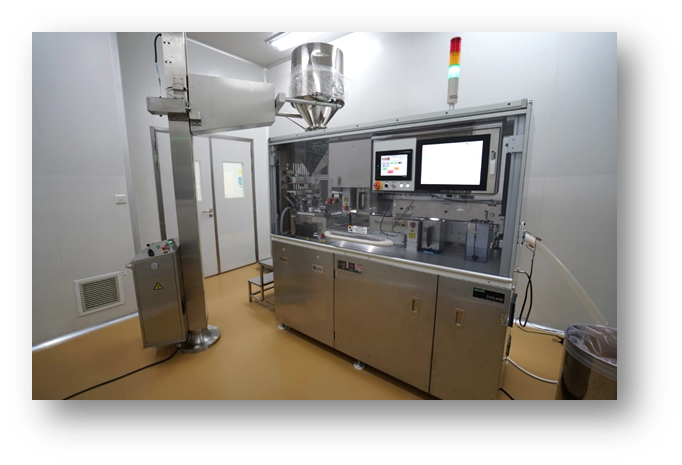
Japan Viswill Tablet Detector

DCS Control Room





